Integrating Corrective Exercises and Manual Adjustments in the Management of Peripheral Neuropathy
July 7, 2025
14 min

Understanding Peripheral Neuropathy and Its Management
Peripheral neuropathy involves damage to peripheral nerves, resulting in symptoms such as pain, numbness, tingling, muscle weakness, and balance difficulties. Managing these symptoms effectively requires a blend of therapeutic approaches, including corrective exercises and manual adjustments. This article explores current clinical insights and evidence supporting the integration of physical therapy modalities, manual therapies, and multimodal interventions for better outcomes in peripheral neuropathy management.
The Role of Corrective Exercises in Peripheral Neuropathy Treatment
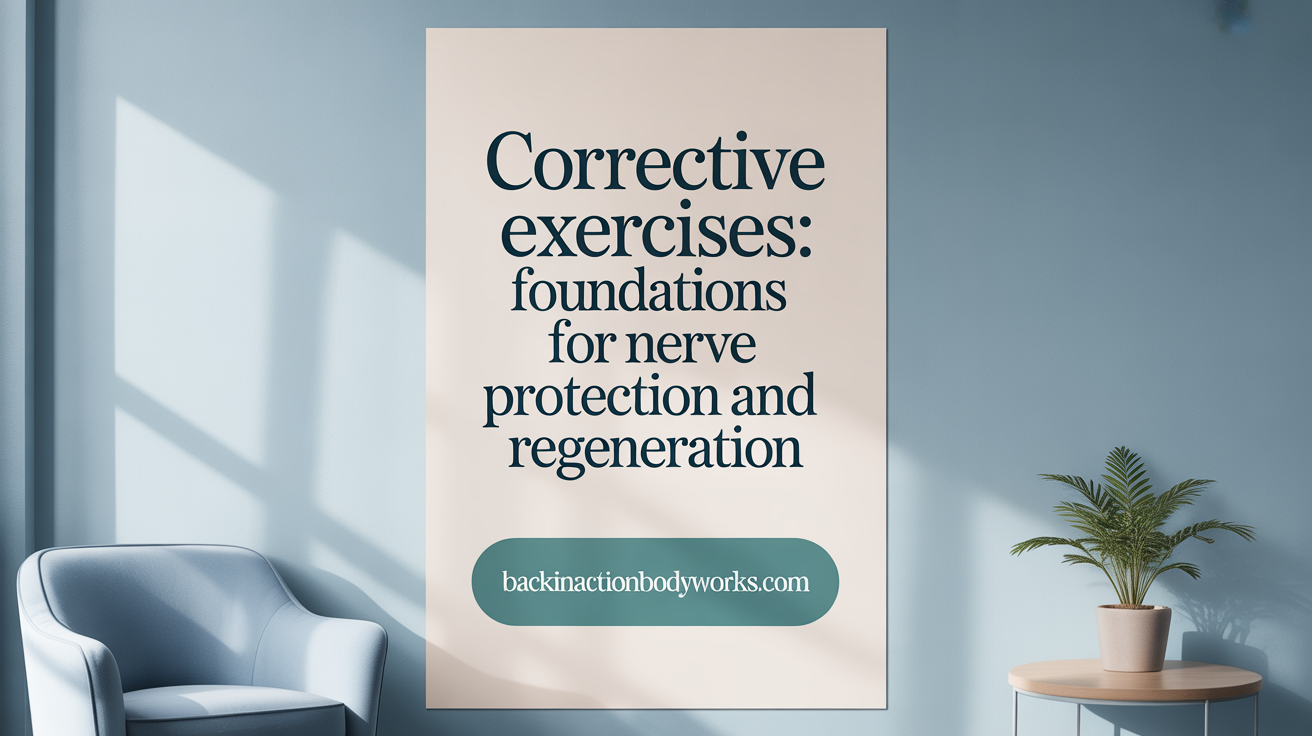
What types of physical therapy are most beneficial for peripheral neuropathy?
Physical therapy plays a vital role in managing peripheral neuropathy symptoms. The most effective approaches involve a combination of exercises and techniques tailored to individual needs. Flexibility exercises, such as stretching the plantar fascia, calves, and hip muscles, help improve joint mobility and reduce injury risk.
Strength training, including resistance exercises like calf raises, chair squats, and targeted muscle strengthening, enhances muscle strength and overall stability. These exercises are crucial for maintaining mobility and preventing muscle atrophy.
Balance and coordination exercises are designed to improve stability, which helps reduce fall risk—a common concern in neuropathic patients. Incorporating activities like standing on unstable surfaces, gait training, or dynamic balance tasks supports motor control.
Aerobic activities, such as walking, swimming, or cycling, promote circulation and neuroprotection. These exercises support nerve health by enhancing blood flow and can aid in nerve regeneration.
Using assistive devices and engaging in sensorimotor training further optimize functional capacity. Working with healthcare providers like physical and occupational therapists can help develop personalized routines that target specific symptoms and prevent further nerve damage.
Exercise programs targeting strength, flexibility, balance
Effective exercise programs are structured to address the common motor and sensory deficits seen in peripheral neuropathy. Sessions might include moderate-intensity aerobic exercises, flexibility stretches, and balance retraining.
Resistance training prevents muscle weakness, while flexibility exercises help maintain range of motion and reduce stiffness. Balance exercises improve coordination, decreasing the likelihood of falls.
Incorporating these elements into daily routines, with guidance from clinicians, can improve quality of life and functional independence.
Use of aerobic, resistance, and sensorimotor training
Research supports that aerobic training, such as walking or swimming, promotes nerve regeneration and enhances neuroprotection. Resistance exercises strengthen muscles, which is essential for stability and walking ability.
Sensorimotor training, which combines sensory feedback with motor tasks, is particularly beneficial for conditions like chemotherapy-induced peripheral neuropathy. It targets both sensory deficits and motor control, leading to better outcomes.
A comprehensive approach combining these training modalities is most effective in managing symptoms and supporting nerve healing.
Exercise as neuroprotection and nerve regeneration enhancer
Emerging evidence highlights that exercise can serve as a neuroprotective strategy and promote nerve repair. Preclinical studies indicate aerobic exercise may stimulate cellular mechanisms involved in neuroprotection and guide nerve regeneration.
Clinically, regular physical activity helps maintain nerve function, reduces pain levels, and improves circulation to affected tissues.
In conclusion, a structured, individualized exercise program incorporating flexibility, resistance, balance, and aerobic training can significantly benefit patients with peripheral neuropathy. When combined with medical management, these activities support nerve health, functional recovery, and overall well-being.
Effective Hand Exercises for Managing Neuropathic Symptoms
What are effective hand exercises for managing peripheral neuropathy?
Managing symptoms of peripheral neuropathy in the hands and fingers often involves specific exercises designed to stimulate nerve function, improve strength, and boost dexterity. Effective hand exercises include simple yet targeted activities that help retrain nerves and restore movement.
One common exercise is finger tapping. This activity involves tapping each finger against the thumb in a rhythmic sequence. It helps stimulate both sensory and motor nerves, encouraging nerve signals to reconnect and improving coordination.
Using therapy tools like stress balls or therapy balls can also be beneficial. Squeezing these balls strengthens the fingers, enhances grip, and stabilizes the wrists. Regular squeezes help maintain muscle tone and stimulate nerve activity.
Finger stretches with therapy putty or rubber bands are another great option. These exercises promote finger flexibility and prevent stiffness, contributing to better hand function.
Engaging in fine motor activities such as playing the piano, manipulating dominoes or playing cards, or doing crafts like coloring, sewing, or clay modeling can significantly improve finger dexterity. These repetitive, interest-driven motions help rebuild nerve pathways and enhance motor control.
Physical therapists often recommend incorporating these exercises into daily routines. Over time, they can aid in regaining hand strength, coordination, and function, reducing neuropathy-related discomfort.
In summary, a combination of finger tapping, squeezing exercises, stretching, and fine motor activities forms an effective strategy for managing hand neuropathy symptoms, supporting nerve health, and improving quality of life.
Exercise Precautions and Modifications in Peripheral Neuropathy Care
When managing peripheral neuropathy, it is crucial to tailor exercise programs to prevent further nerve damage and reduce symptom exacerbation. Some exercises should be avoided or modified to ensure safety and effectiveness.
Exercises to avoid or modify
High-impact activities such as running, jumping, or intense aerobic exercises can place excessive stress on the nerves and joints. Heavy strength training with large weights may also pose risks of strain or injury, especially when balance or sensation is compromised.
Activities involving sudden movements or rapid changes in direction, like high-intensity sports, should be approached cautiously or avoided altogether. Such movements can increase the likelihood of falls or nerve irritation.
Risks associated with high-impact and intensive activities
Engaging in vigorous activities without proper adaptation can lead to increased pain, numbness, or instability. It can also cause skin breakdown or nerve compression, especially in lower limbs affected by neuropathy. For patients with balance deficits, these risks are heightened and can result in falls and secondary injuries.
Recommendations for low-impact, safe exercise alternatives
To minimize risks, healthcare providers recommend low-impact options such as walking, water-based exercises, or stationary cycling. These activities reduce joint and nerve stress while promoting circulation and mobility.
Strength exercises should be performed with light weights or resistance bands, emphasizing gradual progression. Flexibility and gentle stretching can maintain tissue elasticity without overstretching compromised nerves.
Balance training and proprioception exercises, like Tai Chi or specific physiotherapy techniques, are beneficial in reducing fall risk.
Monitoring and adjustments
Patients should always listen to their bodies. If symptoms like increased pain, numbness, tingling, or instability occur, exercise intensity or type should be adjusted. Regular guidance from healthcare professionals or physical therapists ensures safe practice tailored to individual needs.
Incorporating these precautions helps improve function, enhance quality of life, and prevent further nerve damage in individuals with peripheral neuropathy.
Manual Therapy Techniques and Their Therapeutic Benefits
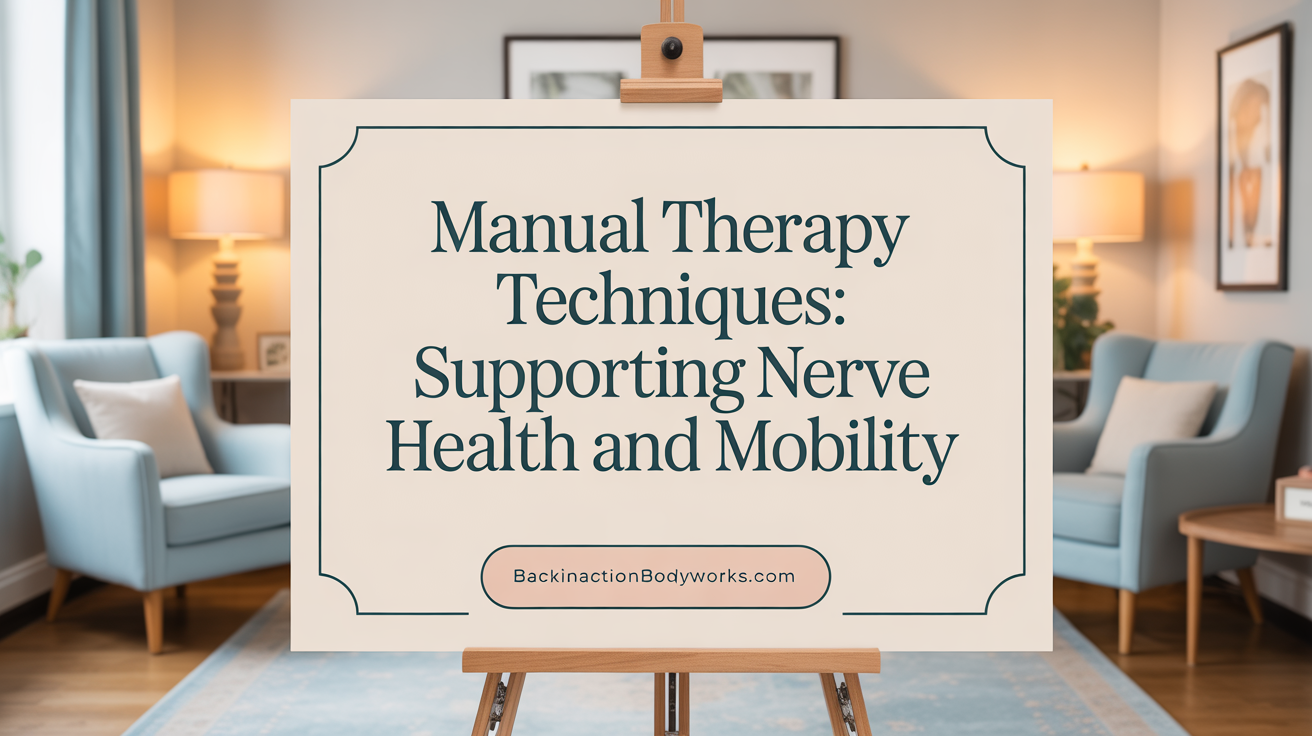
What manual therapy interventions are used in neuropathy management?
Manual therapy forms an essential part of conservative treatment options for peripheral neuropathy. These techniques involve hands-on methods targeting soft tissues and joint structures to alleviate symptoms and restore mobility. Physical therapists often incorporate massage, joint mobilization, and soft tissue mobilization to address various discomforts associated with nerve injuries.
How do massage, joint mobilization, and soft tissue techniques contribute to neuropathy care?
Massage therapy helps increase blood flow, reduce muscle stiffness, and relax tense tissues, which can indirectly support nerve health. Joint mobilization techniques improve joint range of motion, decrease stiffness, and facilitate better movement patterns, which aid in reducing nerve compression or irritation.
Soft tissue mobilization includes gentle stretching and manual manipulation of muscles and fascia to improve tissue flexibility, release adhesions, and promote circulation. These interventions collectively aim to create a more favorable environment for nerve healing.
What are the potential benefits of manual therapy for peripheral neuropathy?
Patients may experience several advantages through manual therapy. Improved tissue mobility can decrease nerve entrapment, reducing symptoms such as pain, tingling, and numbness. Enhanced circulation delivers nutrients and oxygen to affected nerves, supporting regeneration.
Pain reduction is another significant benefit, often leading to increased comfort and improved function. While research on these techniques' efficacy is still developing, clinical observations and patient case studies suggest that manual therapy can contribute positively when integrated into a comprehensive treatment plan.
Overall, manual therapy techniques are generally safe and can serve as effective adjuncts in managing neuropathic symptoms. However, treatment should be tailored to individual needs, and therapists should use clinical reasoning to ensure appropriate application and monitor patient responses.
Chiropractic Care and Manual Adjustments in Peripheral Neuropathy

Role of chiropractic adjustments in nerve health
Chiropractic care can play a supportive role in managing peripheral neuropathy by focusing on optimizing nerve function. Chiropractors aim to address underlying causes such as nerve compression or misalignments that may interfere with nerve signals. Through precise manual adjustments, they seek to reduce nerve pressure and enhance overall nerve health, which can potentially alleviate symptoms and improve mobility.
Addressing spinal misalignments to improve nerve function
Spinal misalignments or subluxations may contribute to nerve interference, leading to symptoms like pain, numbness, or weakness. Chiropractors perform targeted adjustments to correct these misalignments, especially at key points such as the cervical or lumbar spine. Correcting misalignments can help restore proper nerve conduction, reduce inflammation, and facilitate better communication between the central nervous system and peripheral nerves.
Reducing inflammation and enhancing circulation through adjustments
Inflammation and poor circulation are common issues in peripheral neuropathy. Chiropractic adjustments can promote better blood flow by reducing nerve compression and joint restrictions, which in turn aids in delivering essential nutrients to nerve tissues. Improved circulation helps remove inflammatory substances, supporting nerve repair and reducing swelling or pain associated with nerve injury.
Use of electrotherapy and low-level laser therapy in chiropractic care
In addition to manual adjustments, chiropractors often incorporate modalities such as Electrical Stimulation (TENS and EMS) and low-level laser therapy (LLLT). These treatments can help block pain signals, stimulate cellular activity, and accelerate tissue repair. LLLT, in particular, has shown promise in promoting nerve regeneration by reducing inflammation at a cellular level, supporting the healing process.
Chiropractic interventions for peripheral neuropathy thus combine adjustments, electrotherapy, and laser treatments to create a comprehensive approach aimed at improving nerve function, reducing symptoms, and supporting overall nerve health.
Multimodal Interventions: Combining Corrective Exercises and Manual Adjustments
Integrative approach benefits
A comprehensive approach to managing peripheral neuropathy involves combining various treatment modalities to address the complex symptoms and underlying causes. Integrating physical therapy techniques with manual adjustments—such as chiropractic care—can help improve nerve function, reduce pain, and restore mobility. This multimodal strategy often results in better outcomes compared to single-method treatments, particularly because it addresses both mechanical and neurobiological factors contributing to neuropathic symptoms.
While physiotherapy focuses on strengthening, balance, and sensory re-education, manual interventions like spinal or joint adjustments can help alleviate nerve compression, enhance circulation, and promote tissue healing. Combining these approaches offers a holistic pathway to improve nerve health and patient well-being.
Neural tissue mobilization and pain modulation
Neural tissue mobilization involves specific exercises designed to gently 'glide' nerves, helping to reduce neural mechanosensitivity and ease symptoms like tingling, pain, and numbness. Techniques such as nerve gliding or neural mobilization can be incorporated into physiotherapy programs, and these methods are supported by research indicating they may help with symptom relief.
Chiropractic care also aims to modulate neural activity by addressing spinal misalignments or entrapment points that may irritate nerves. When nerves are compressed or restricted, pain signals intensify and mobility diminishes. Manual therapies can release these restrictions, reducing neural mechanosensitivity and contributing to pain modulation.
Improving mechanosensitivity and movement restoration
A primary goal in managing peripheral neuropathy is to diminish nerve mechanosensitivity—how easily nerves become irritated by mechanical forces. Exercise regimens focusing on sensorimotor training, gait, and balance, combined with manual therapy techniques, can desensitize nerves over time.
Progressive movements tailored to individual needs help restore normal movement patterns, reduce muscle atrophy, and prevent secondary disabilities. These interventions often include gentle stretching, strengthening, and proprioceptive exercises, designed to improve overall function while protecting vulnerable nerves.
Personalized plans blending physical therapy and manual care
Every patient presents unique challenges based on symptom severity, causes, and overall health. Therefore, customizing treatment plans that incorporate physical therapy exercises and manual chiropractic adjustments is crucial. Initial assessment guides tailored interventions aimed at specific nerve entrapments or tissue restrictions.
Regular evaluations allow adjustments to therapy parameters, ensuring ongoing progress. An individualized approach not only maximizes benefits but also facilitates patient engagement and adherence.
| Aspect | Intervention Type | Purpose | Additional Notes |
|---|---|---|---|
| Nerve mobilization | Neurodynamic exercises | Reduce mechanosensitivity | Gentle nerve gliding techniques |
| Manual adjustment | Chiropractic therapy | Decompress nerves, improve circulation | Address spinal misalignments and entrapment points |
| Functional exercises | Balance, gait training | Restore movement, prevent falls | Tailored to patient needs |
| Nutritional support | Dietary and supplements | Support nerve regeneration | B-vitamins, omega-3s, anti-inflammatory diets |
Employing an integrated model that combines exercise, manual adjustments, and supportive care optimizes the chances of symptom improvement and functional recovery in individuals with peripheral neuropathy.
Neurobiological Insights Informing Therapeutic Strategies
Understanding neural tissue injury mechanisms
Neural tissue injury in peripheral neuropathy can arise from various mechanical forces including compression, tension, friction, and vibration. Additionally, chemical irritation from inflammatory substances plays a significant role. These factors can damage nerve fibers, leading to symptoms such as pain, numbness, and weakness.
Role of mechanical and chemical factors in neuropathy
Mechanical issues like nerve entrapment or repetitive strain can cause nerve compression or tension, disrupting normal nerve function. Chemical irritants, such as inflammatory cytokines, further exacerbate nerve damage, intensifying pain and sensory disturbances. Recognizing these mechanisms is crucial for developing targeted therapy plans.
Importance of neurodynamic mobilization and neurobiology education
Neurodynamic mobilization techniques aim to move and glide nerves, helping to relieve mechanosensitivity and promote nerve healing. Coupled with neurobiology education, these interventions empower patients with understanding of nerve function and pain, enhancing compliance and outcomes.
Understanding neurobiological processes underlying nerve injuries guides effective treatment approaches. Addressing both mechanical factors and inflammation, while educating patients about their condition, can improve symptom management and support nerve regeneration.
Safety, Efficacy, and Research Landscape in Peripheral Neuropathy Physical Therapy
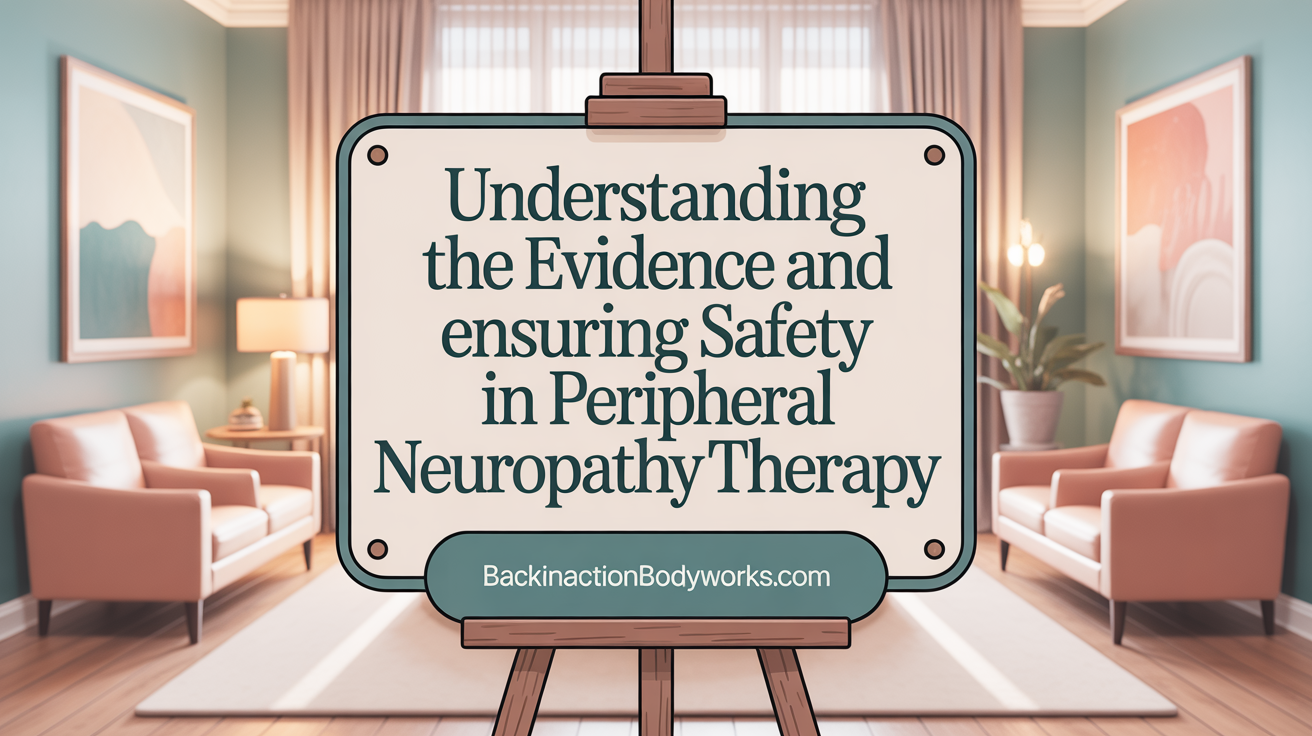
Current evidence quality and limitations
Physiotherapy has become an increasingly attractive option for managing peripheral neuropathy due to its generally safe profile and potential benefits. However, the existing scientific literature presents mixed results. While some studies suggest improvements in symptoms such as pain, strength, and mobility, many of these studies face limitations, including small sample sizes, inconsistent methodology, and a lack of rigorous control groups. This variability makes it difficult to draw definitive conclusions about the overall effectiveness of specific physiotherapy interventions.
Rare adverse events from physiotherapy
Adverse events related to physiotherapy are reported to be infrequent. When they do occur, they tend to be mild—such as temporary soreness or discomfort—and resolve quickly. Nonetheless, reporting across studies is inconsistent, making it challenging to accurately quantify risks. This under-reporting underscores the importance of standardized monitoring and documentation practices to ensure patient safety and to better understand potential risks.
Need for high-quality clinical trials
Given the current limitations, there is a pressing need for well-designed, high-quality clinical trials. Improved research is necessary to clarify which patients respond best to physiotherapy, determine optimal treatment parameters, and establish standardized protocols. Such studies would help move beyond modest effects and support more definitive treatment guidelines, ultimately enhancing patient outcomes.
Promising preclinical findings on exercise-induced neuroprotection
Preclinical research offers promising insights, particularly in the area of exercise. Studies suggest that aerobic exercise may promote neuroprotection, support nerve regeneration, and modulate inflammatory processes. These findings highlight potential future directions for clinical intervention, which could harness tailored exercise programs to boost nerve healing and function.
Overview table
| Aspect | Current Status | Future Directions | Additional Notes |
|---|---|---|---|
| Evidence Quality | Mixed, often limited | Need for robust, controlled trials | Emphasis on high-bias risk research |
| Adverse Events | Rare, but under-reported | Standardized safety monitoring | Importance of reliable risk assessment |
| Research Needs | More rigorous studies required | Focus on patient-specific protocols | Beyond modest benefits, aiming for significant improvements |
| Preclinical Insights | Promising with exercise | Translation to clinical practice | Focus on neuroprotection and regeneration |
Developing Personalized Treatment Plans and Best Practices
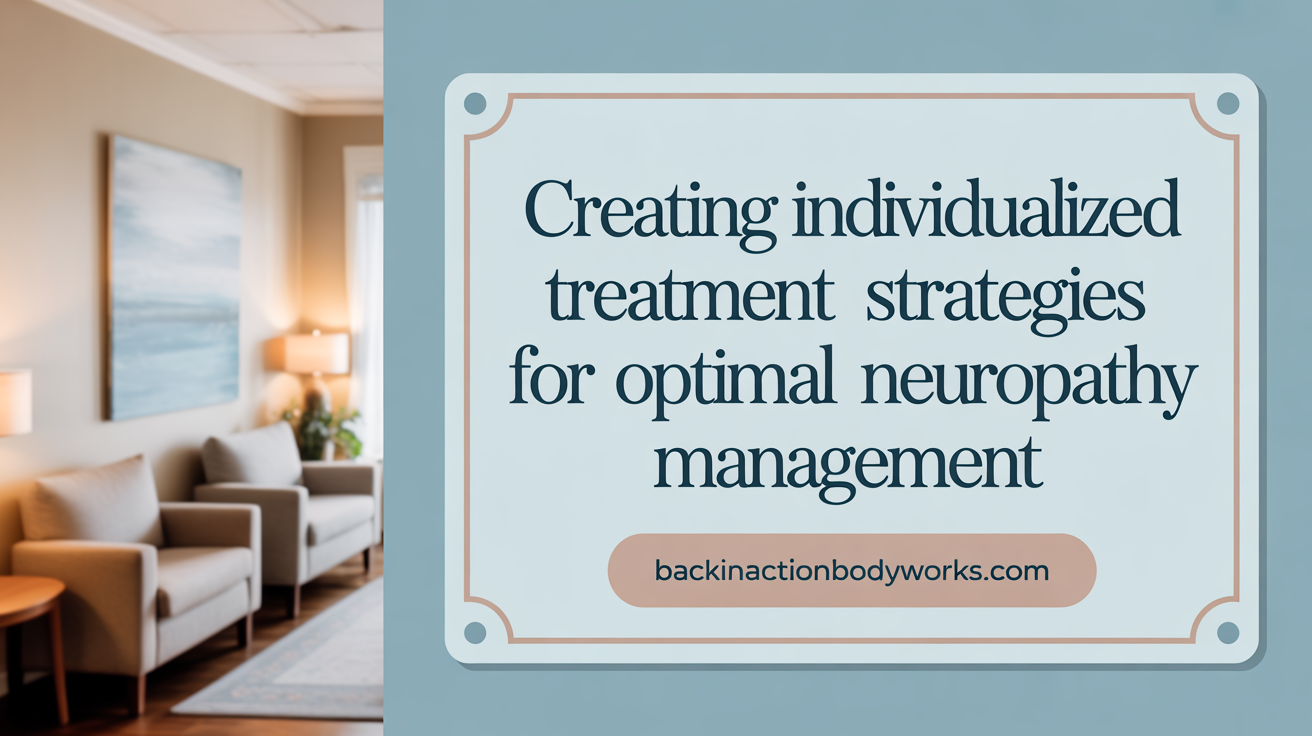
Assessment and goal setting in physical therapy
Creating an effective management plan for peripheral neuropathy starts with thorough initial assessments. Healthcare professionals evaluate the patient's specific symptoms, such as numbness, tingling, muscle weakness, or balance issues, and identify underlying causes like diabetes, chemotherapy effects, or nerve entrapments.
Goals are then established based on individual needs, focusing on reducing symptoms, improving mobility, and preventing complications. Setting realistic, measurable objectives allows for tailored interventions that address each patient's unique condition.
Importance of multidisciplinary care
Effective management often involves a team of healthcare providers, including neurologists, physical therapists, chiropractors, and nutritionists. This collaborative approach ensures comprehensive care, targeting both the neurological and musculoskeletal aspects of peripheral neuropathy.
Chiropractic adjustments, nutritional counseling, and physical therapy techniques like exercises and manual therapies work together to optimize nerve function and overall well-being. Such coordination enhances treatment outcomes and reduces the risk of adverse effects.
Incorporating patient-specific factors
Individual factors such as medical history, symptom severity, activity levels, and personal preferences influence treatment choices. For example, some patients may benefit from aquatic therapy, while others may prefer land-based exercises like gait training or balance work.
Tailoring interventions also involves considering the cause of neuropathy. Patients with diabetic neuropathy might focus on blood sugar control and foot care, while those with chemotherapy-induced neuropathy may need specific sensorimotor training to improve balance and reduce fall risk.
Monitoring progress and adapting interventions
Regular evaluations are crucial to track improvements, setbacks, or new symptoms. Physical therapists adjust treatment parameters—such as exercise intensity, duration, and types of modalities—based on ongoing assessments.
Progress monitoring ensures that the interventions remain effective and aligned with patient goals. It also provides opportunities to introduce new techniques or modify existing ones to optimize outcomes and enhance quality of life.
Optimizing Peripheral Neuropathy Management Through Integrated Therapies
The integration of corrective exercises and manual adjustments offers a comprehensive pathway toward improving function, reducing pain, and enhancing quality of life for individuals with peripheral neuropathy. While evidence underscores the safety and potential benefits of these therapies, progress depends on personalized approaches tailored to patient needs and limitations. Collaboration among multidisciplinary healthcare providers ensures that interventions are holistic and effective. Continued research, particularly high-quality clinical trials, will further clarify optimal treatment protocols and identify which patients benefit most from specific modalities. Embracing this evolving knowledge base allows clinicians to better support those affected by peripheral neuropathy, ultimately fostering improved outcomes and empowering patients in their recovery journey.
References
- Physiotherapy for people with painful peripheral neuropathies
- Management of peripheral neuropathic pain - ScienceDirect.com
- Physical Therapy for Neuropathy: Relief, Recovery & Tips
- Healing Peripheral Neuropathy with PT
- What is the role of physical therapy in the management of peripheral ...
- Physical Therapy Guide to Peripheral Neuropathy - Choose PT
- How Chiropractic Care Can Help Manage Peripheral Neuropathy
- Staying Active with Peripheral Neuropathy
- Exercise & Physical Therapy
- The Foundation for Peripheral Neuropathy: Home
Recent articles
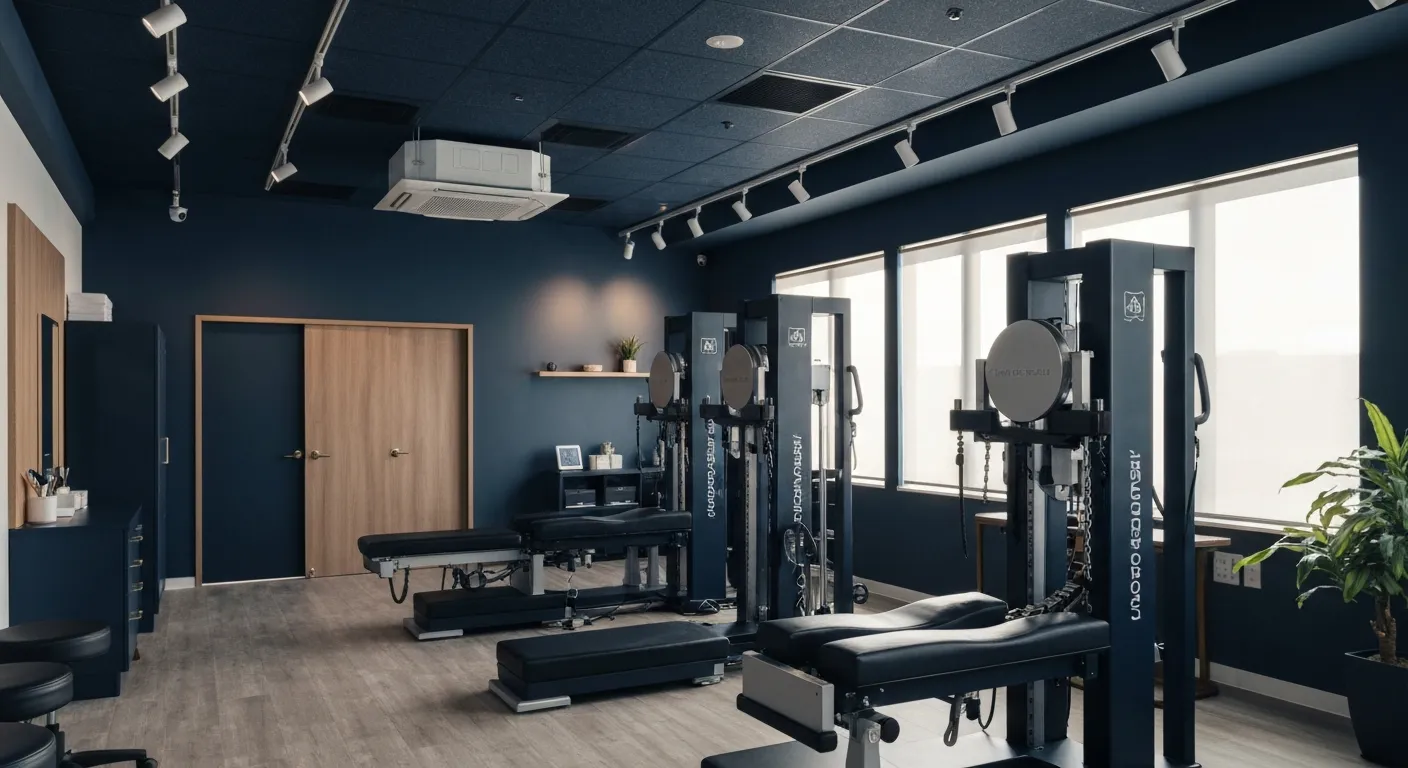
Sciatica Relief Through Targeted Spinal Decompression

Integrating Physiotherapy with Chiropractic Treatments for Better Results

Testimonials That Demonstrate the Benefits of Chiropractic Care

The Power of Corrective Exercises in Pain Management

A Step-by-Step Guide to Your Initial Chiropractic Consultation

9 Nutritional Tips to Enhance Your Chiropractic Wellness Journey

Patient Experiences: How Chiropractic Care Changed Their Lives

Lifestyle Recommendations to Keep Your Spine in Top Shape

Effective Corrective Exercises for Long-Term Pain Relief

Back Pain Benefits: What Chiropractic Care Can Do for You
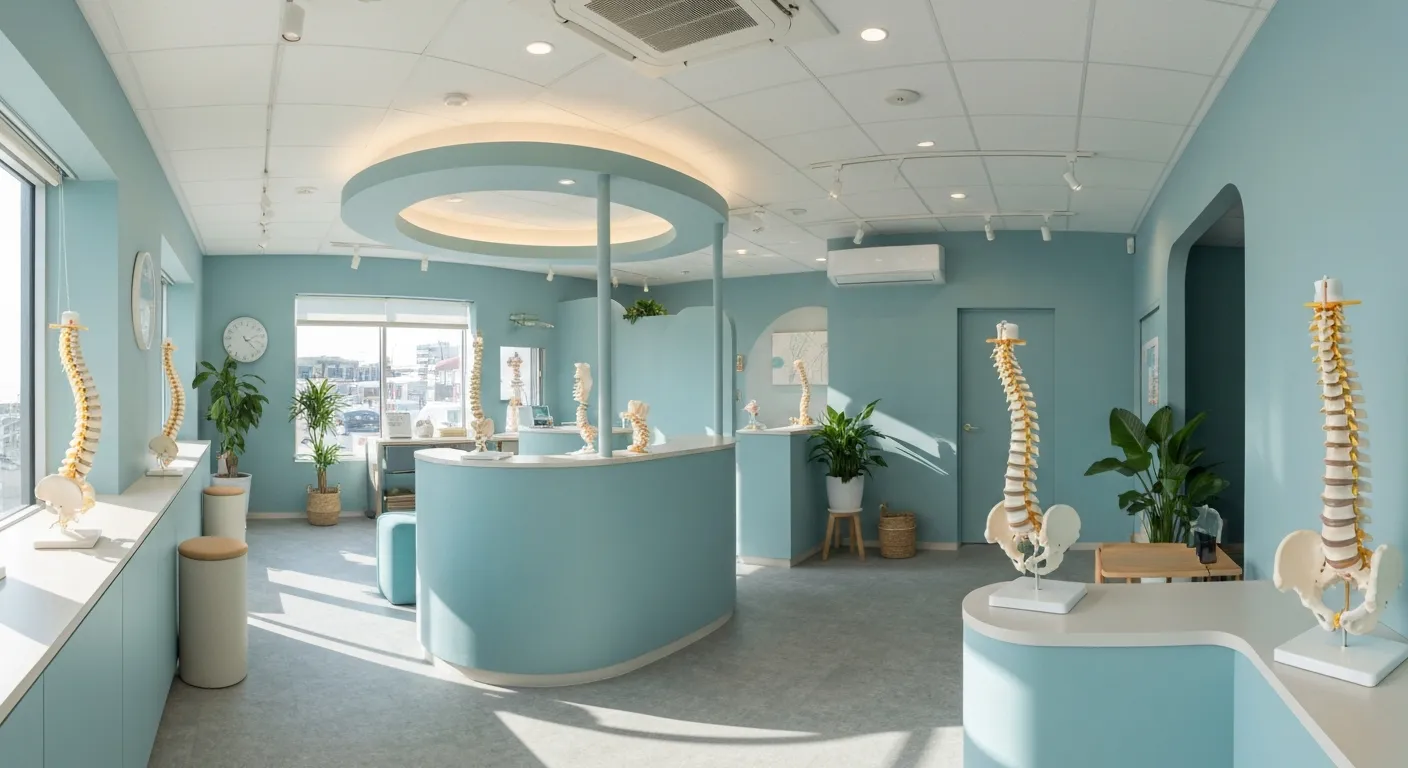
Spinal Decompression Techniques for Effective Sciatica Relief

Top Nutritional Counseling Tips for Enhanced Wellness
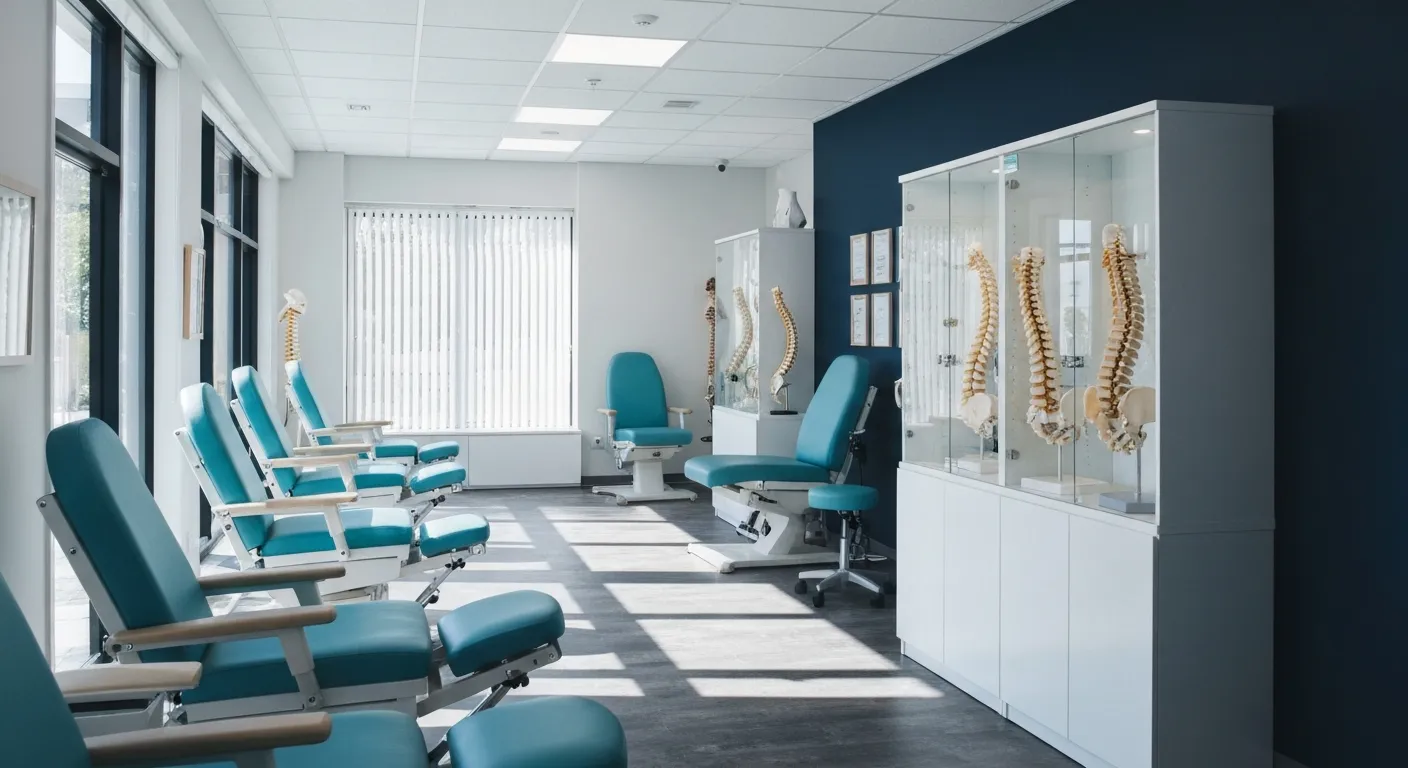
6 Lifestyle Habits That Boost Spine Health Daily

Discover Holistic and Non-Surgical Pain Relief Solutions

Exploring Holistic and Non-Surgical Treatment Options for Pain
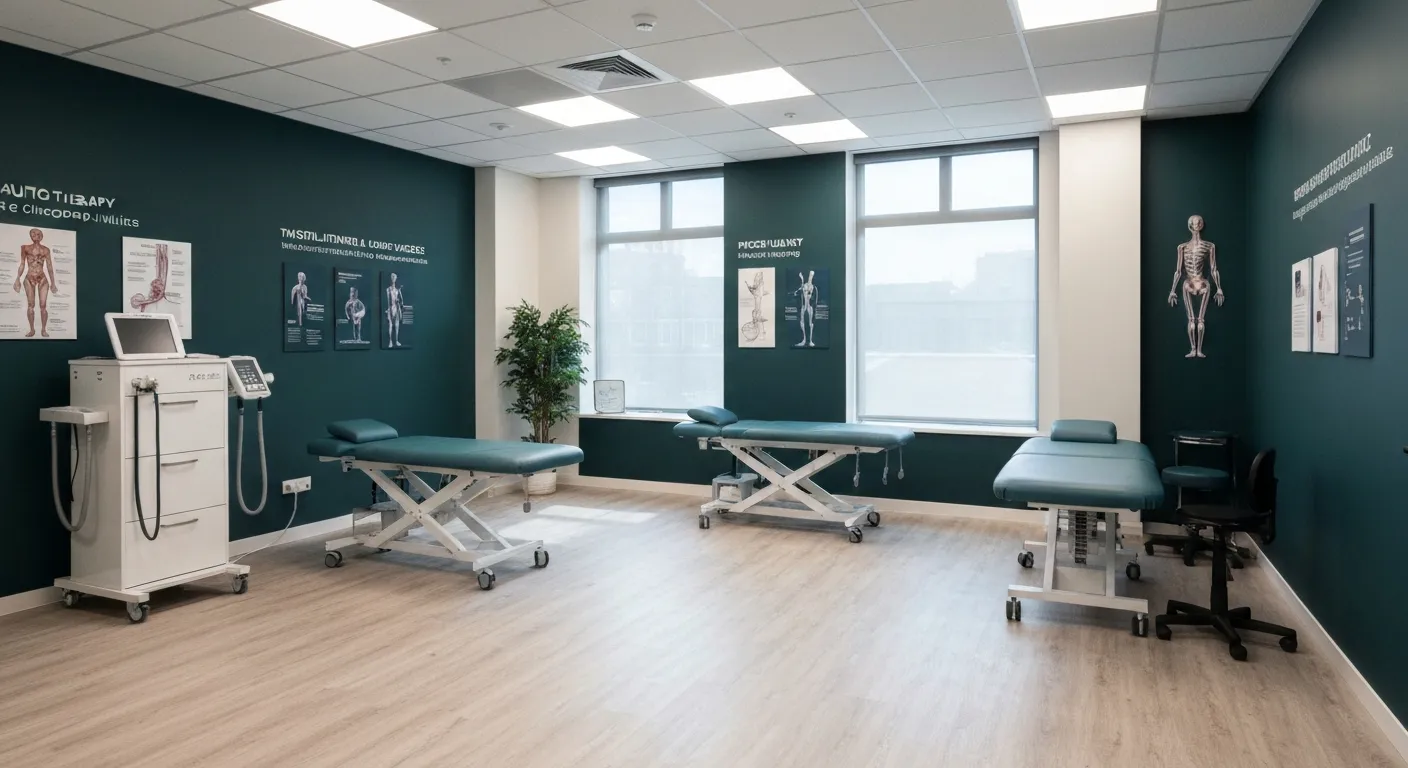
The Role of Physiotherapy in Enhancing Chiropractic Care Outcomes

Complementing Chiropractic Care with Physiotherapy: What You Need to Know
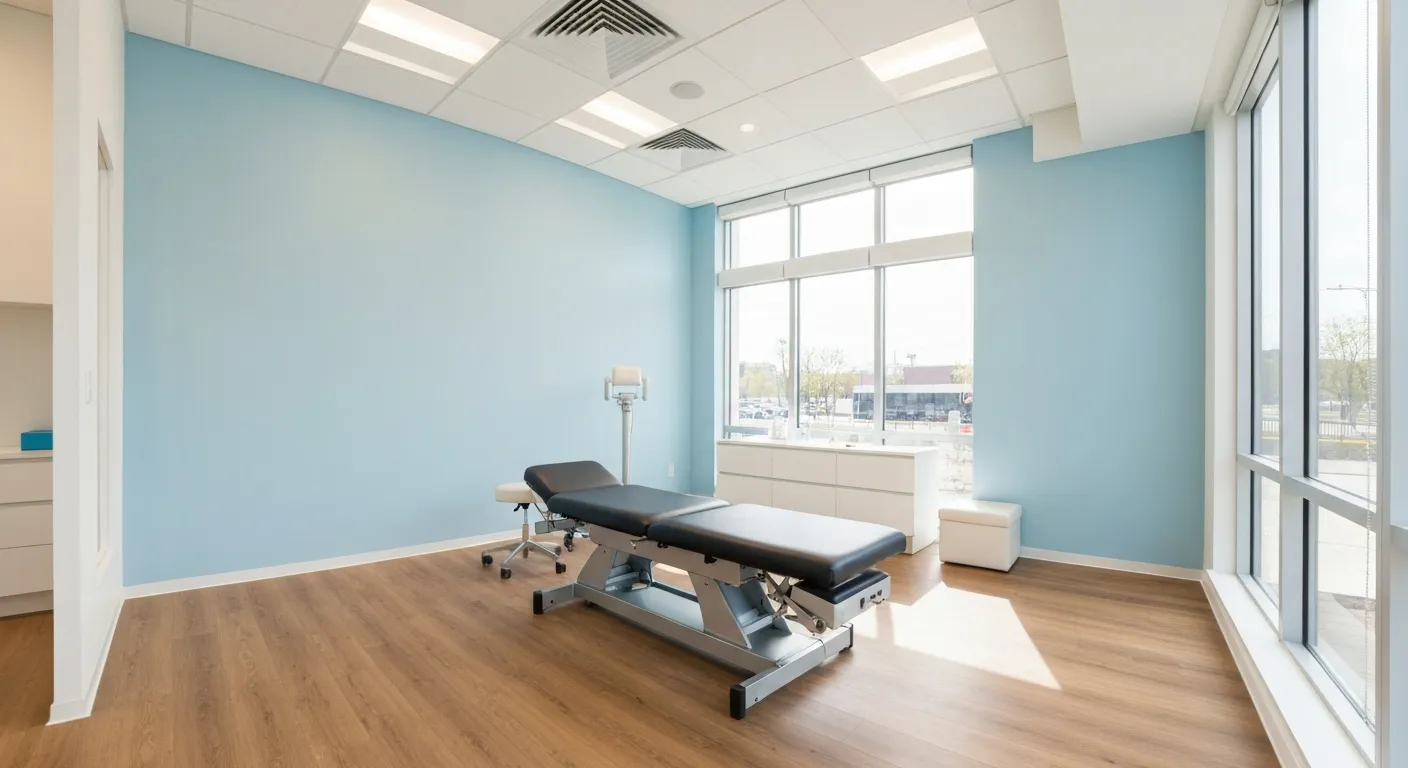
What to Expect During Your First Chiropractic Visit

Simple Lifestyle Adjustments to Maintain a Healthy Spine

Personalized Nutritional Counseling for Improved Health Outcomes

Exploring Non-Surgical Treatments for Spine-Related Conditions
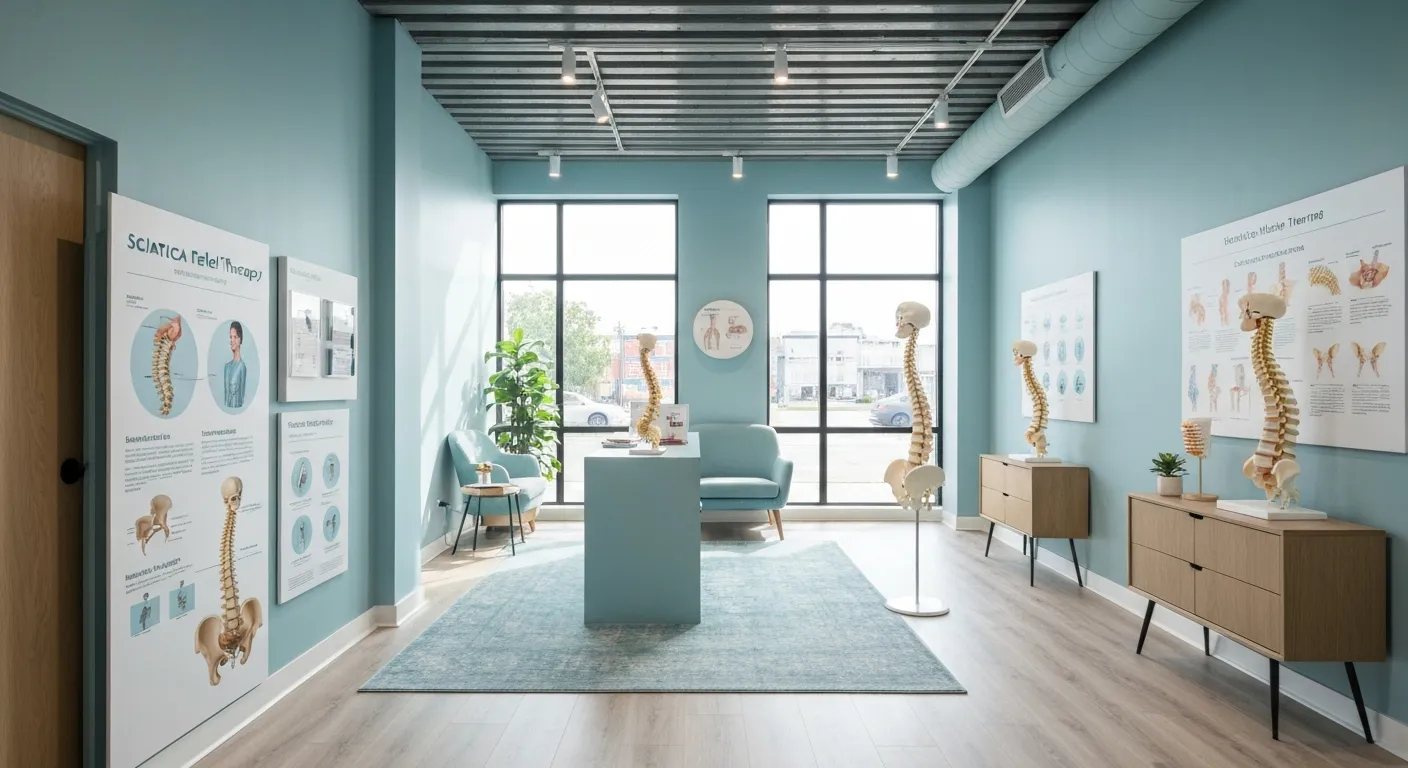
An Introduction to Spinal Decompression for Sciatica Patients
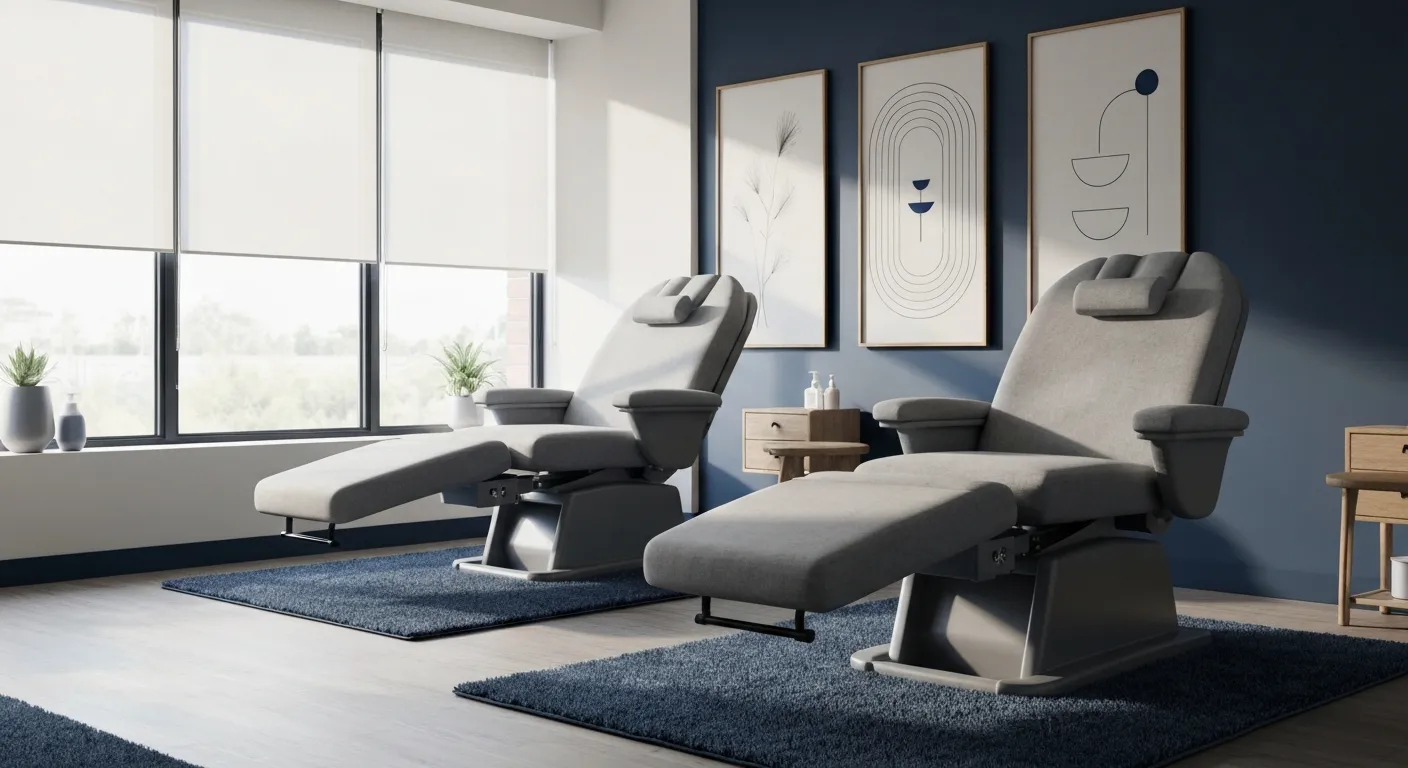
Transformative Success Stories: Patient Experiences with Chiropractic Treatments
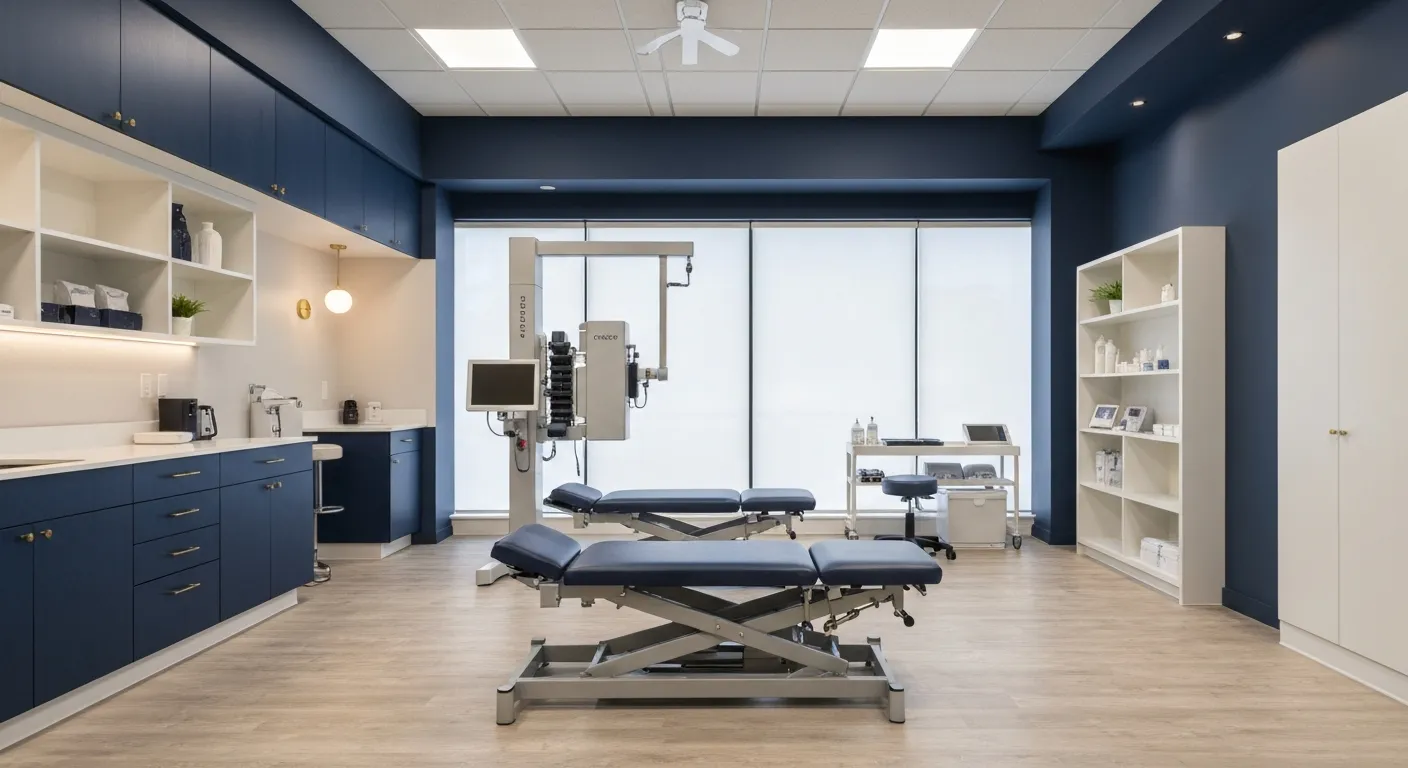
Why Chiropractic Care Is Essential for Back Pain Relief

Addressing Underlying Causes Versus Symptom Management in Pain Care

The Role of Nutrition in Enhancing Chiropractic Treatment Effectiveness

Sciatica Treatment Options: Is Spinal Decompression Right for You?

Lifestyle Tips to Maintain a Healthy Spine and Prevent Back Issues

The Synergy Between Physiotherapy and Chiropractic Treatments
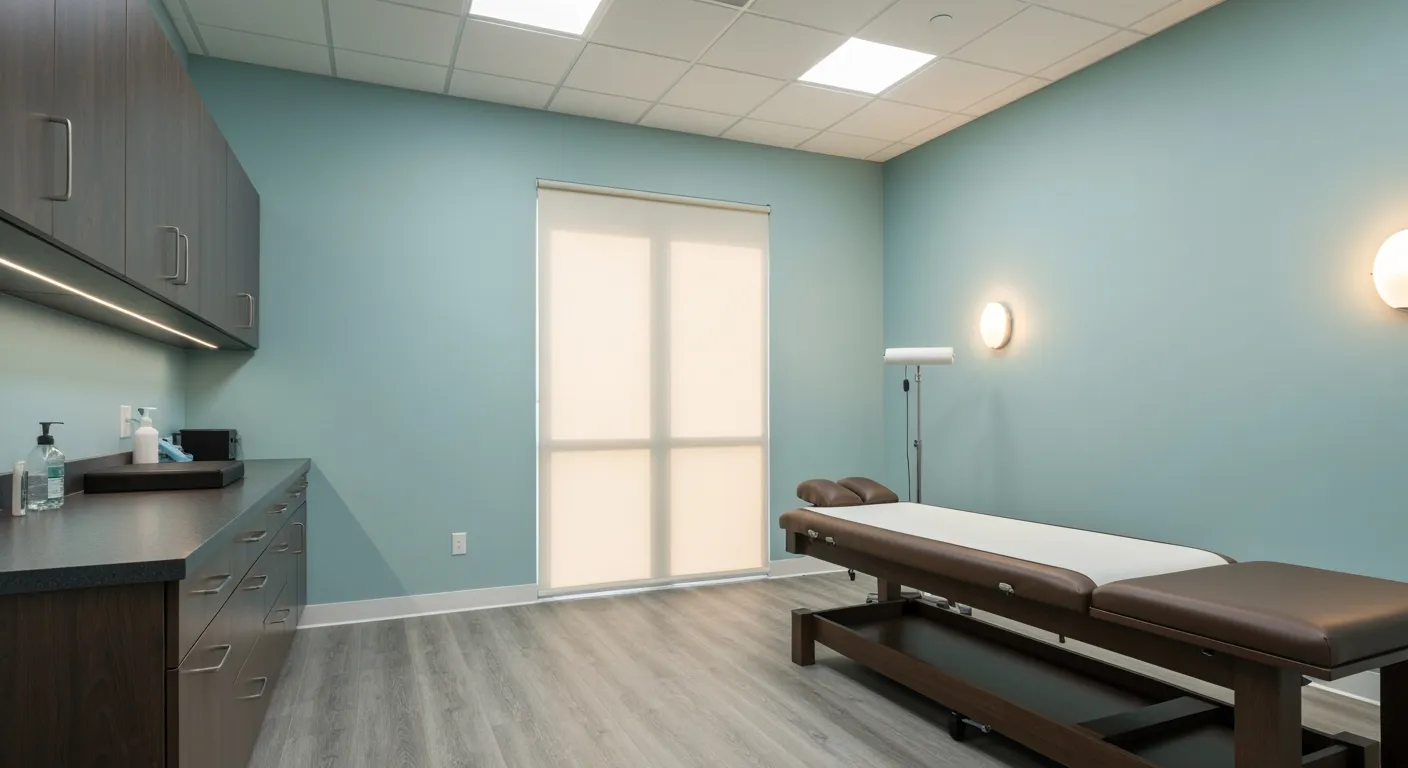
What Happens During Your Initial Chiropractic Consultation
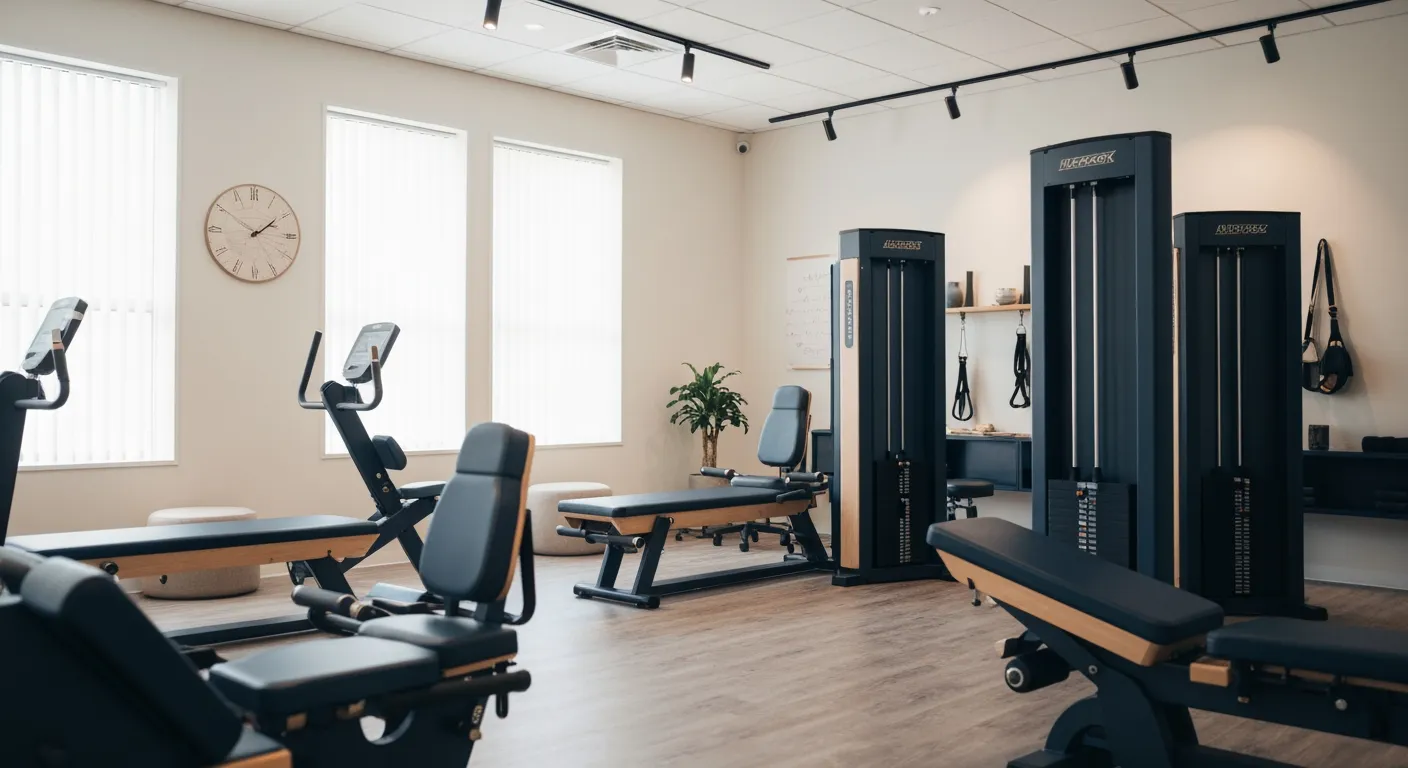
Effective Corrective Exercises for Sustainable Pain Management
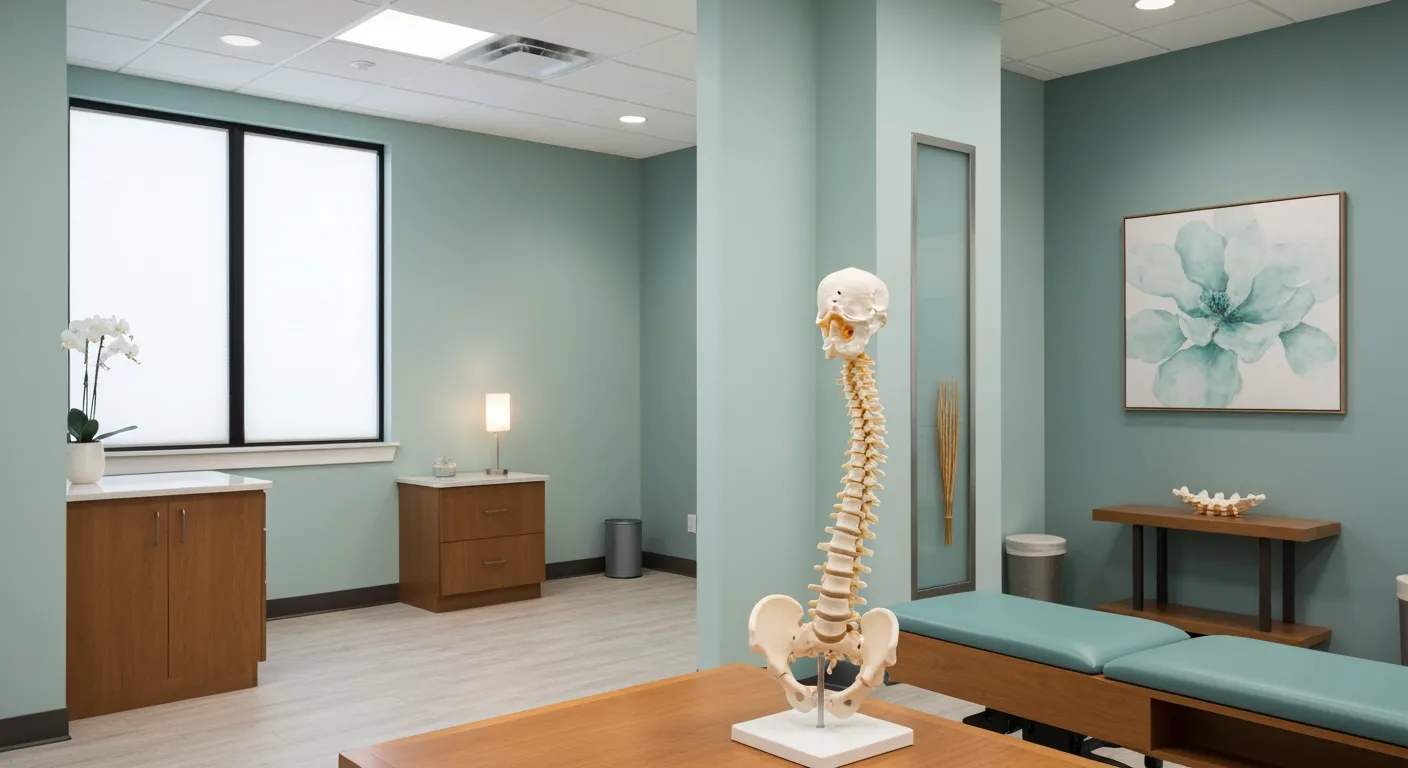
Taking a Root Cause Approach to Chronic Pain Management

Holistic Pain Management Techniques Without Surgery

How Patient Success Stories Validate Chiropractic Care Benefits
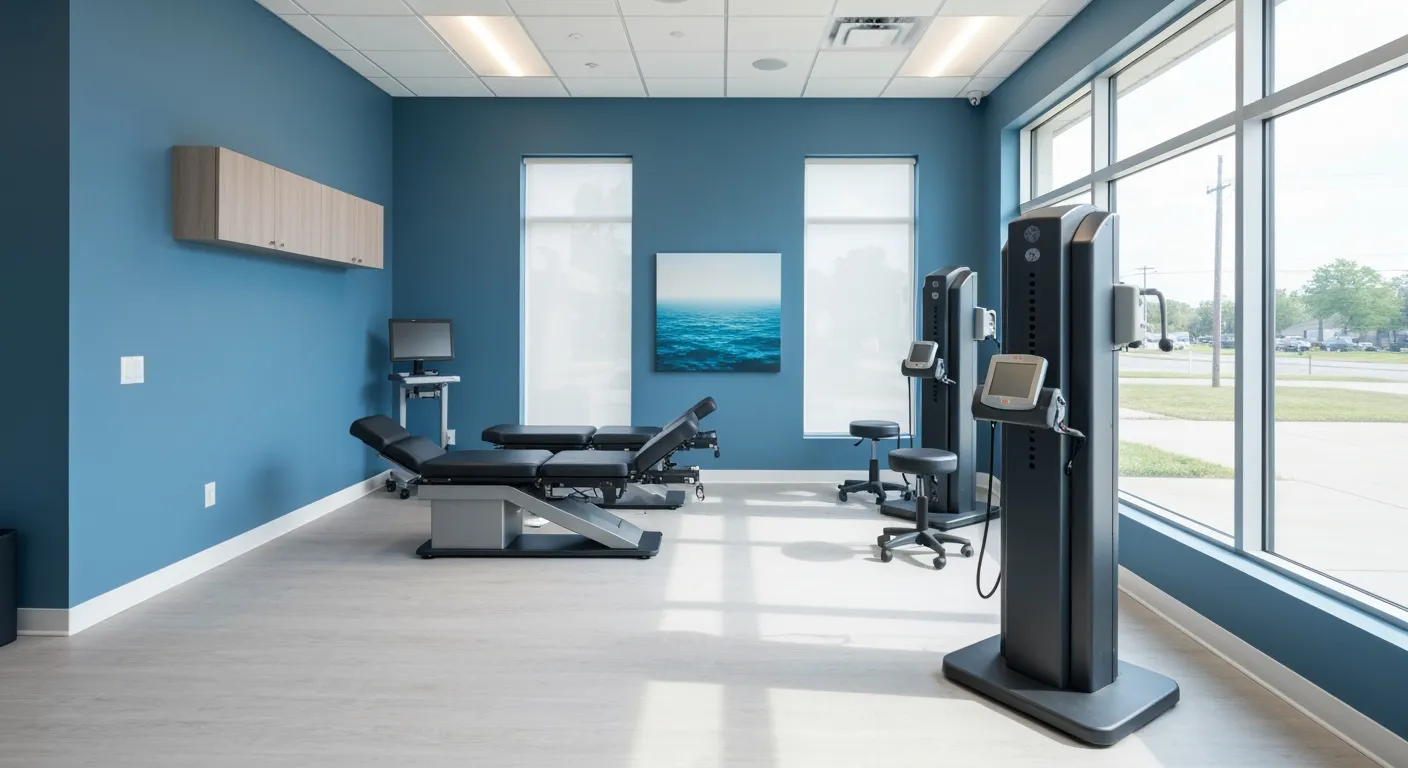
Spinal Decompression: Innovative Treatment for Sciatic Nerve Pain
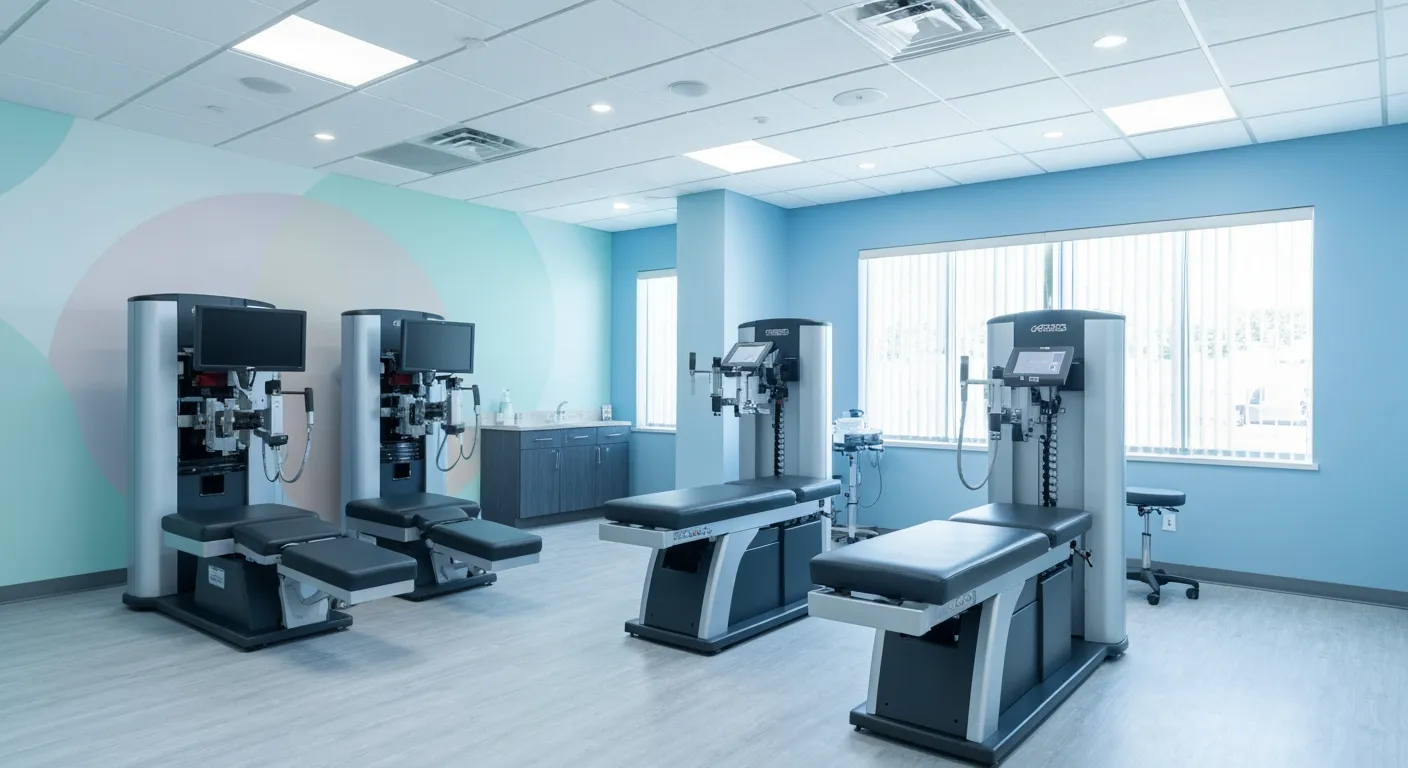
Spinal Decompression Therapy: A Non-Invasive Approach to Sciatica Relief

Exploring Holistic Approaches Beyond Surgery for Pain Relief

Practical Lifestyle Advice to Support a Healthy Spine Every Day

Corrective Exercise Routines Designed for Long-Term Pain Prevention

Real Patient Stories: Overcoming Chronic Pain with Chiropractic Care

Lifestyle Changes That Promote a Healthy Spine and Prevent Injury

How Addressing the Root Cause of Pain Leads to Lasting Relief

Non-Surgical Holistic Therapies to Manage Chronic Pain Effectively

Nutritional Counseling's Impact on Physical Health and Healing

Benefits of Regular Chiropractic Care for a Stronger Back

Your First Chiropractic Visit: What to Expect and How to Prepare

Patient Experiences: How Chiropractic Care Transformed Their Lives

Exploring Holistic, Non-Surgical Options for Pain Management

Combining Physiotherapy with Chiropractic Treatments for Enhanced Recovery

Holistic Treatments That Offer Alternatives to Surgery for Pain Relief

Corrective Exercise Strategies for Long-Term Spine Health

How Physiotherapy Complements Chiropractic Adjustments for Better Outcomes

First-Time Chiropractic Visitors: What You Should Know

Understanding the Importance of Treating Pain at Its Source

Adopting Lifestyle Changes to Support Your Spine's Wellness

Utilizing Physiotherapy to Enhance Chiropractic Treatment Outcomes

The Key Advantages of Chiropractic Care for Back Pain Sufferers
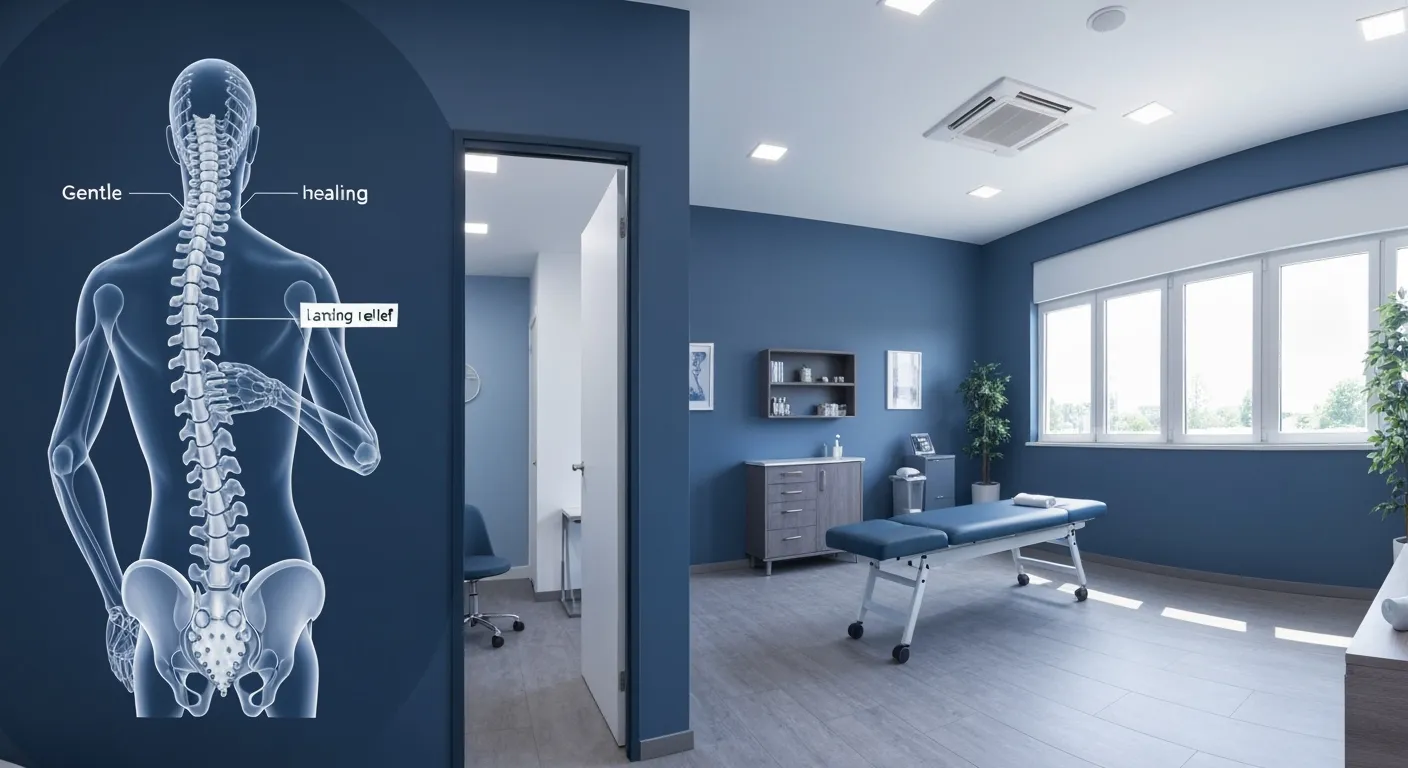
Why Focusing on Root Causes Improves Pain Treatment Success

Corrective Exercises That Promote Lasting Pain Relief and Mobility

Sciatica Relief Through Targeted Spinal Decompression Techniques

Preparing for Your First Chiropractic Appointment with Confidence

Healthy Lifestyle Habits for Maintaining Spinal Alignment

Success Stories Highlighting Chiropractic's Role in Pain Recovery

Top Benefits of Chiropractic Care for Chronic Back Pain

Nutrition Tips to Boost Your Overall Wellness and Recovery

How Chiropractic Care Alleviates Back Pain Naturally

How Nutritional Counseling Supports Overall Wellness and Spine Health
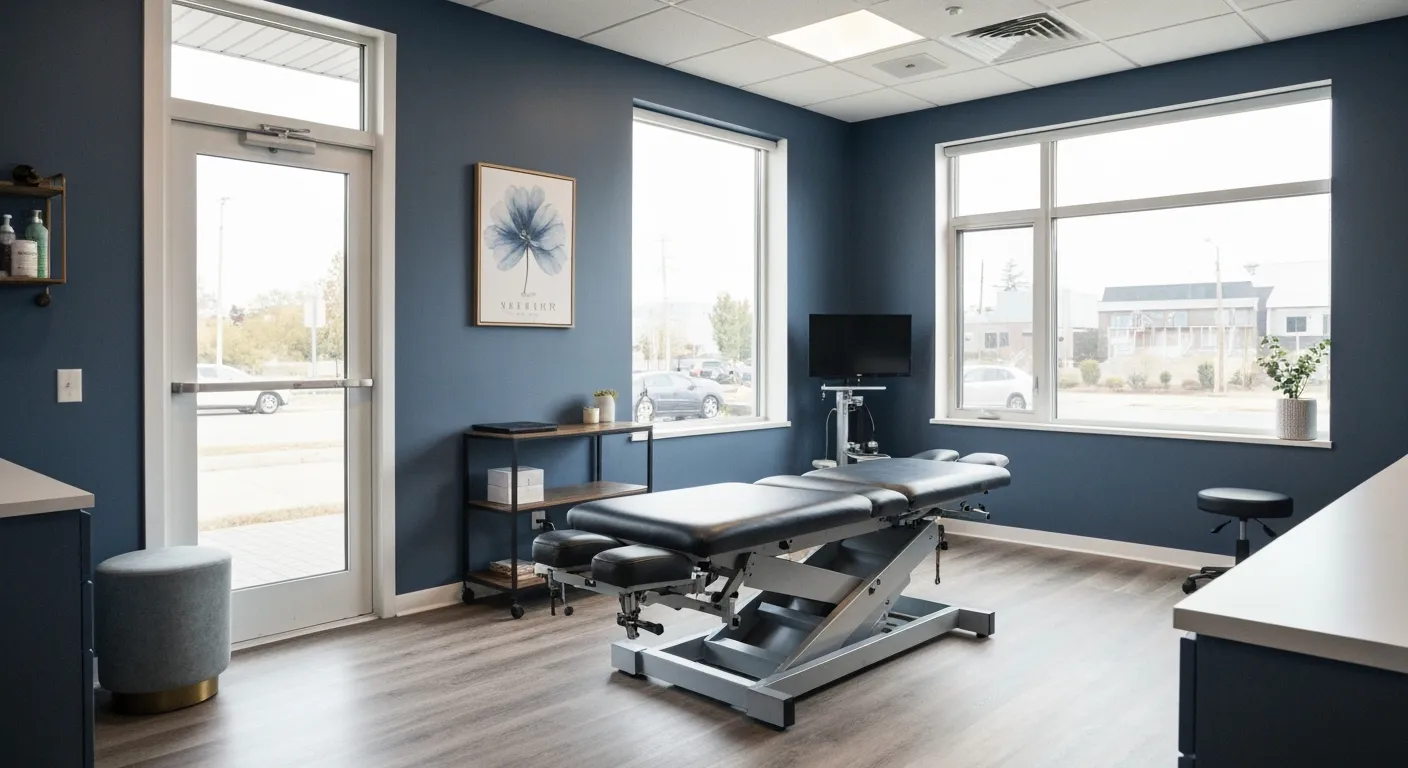
Step-by-Step Guide to Your First Visit with a Chiropractor

Using Nutrition to Support Chiropractic and Overall Wellness

Integrating Physiotherapy in Your Chiropractic Healing Journey

How Physiotherapy Complements Chiropractic Adjustments for Faster Healing
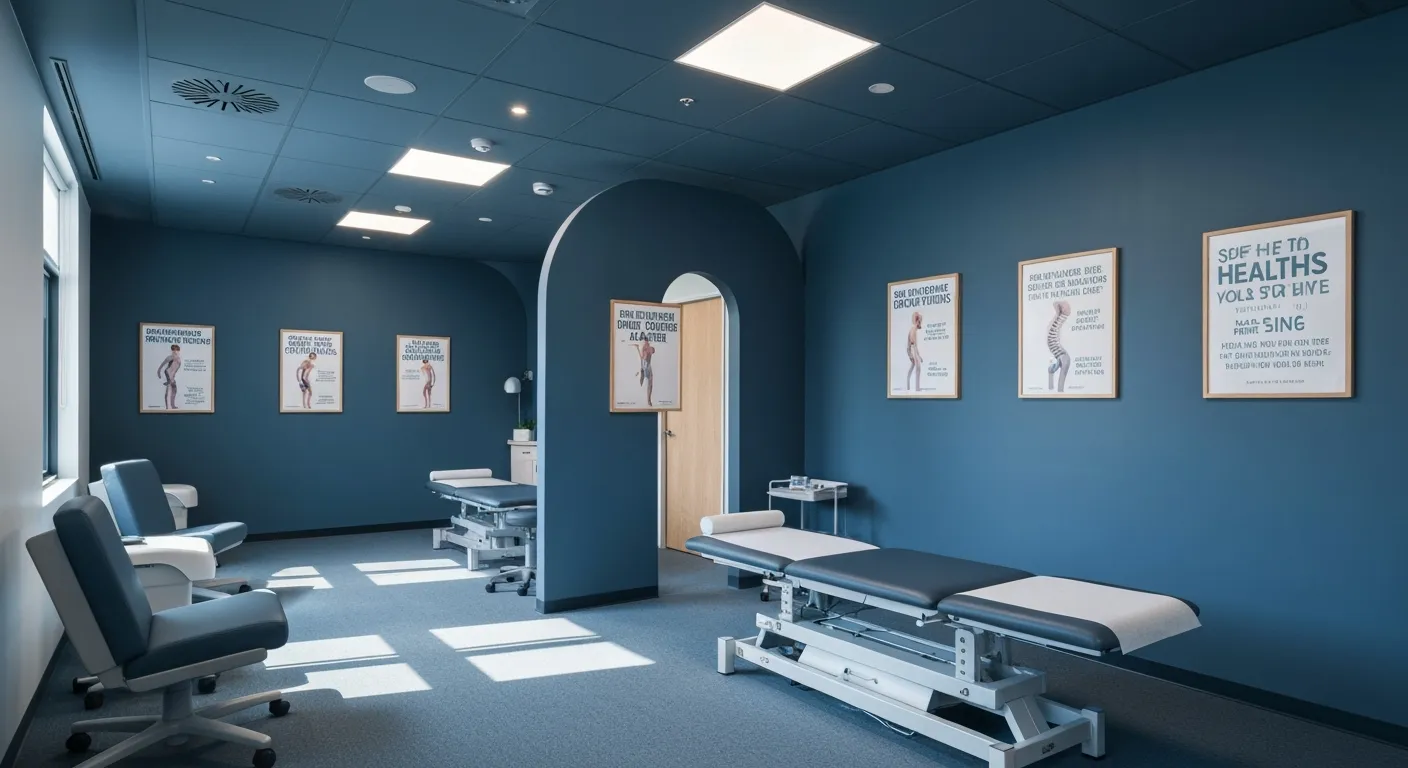
Lifestyle Tips for Maintaining a Healthy Spine and Preventing Back Pain

Heartwarming Patient Testimonials Highlighting Chiropractic Success

How Proper Nutrition Supports Chiropractic and Physiotherapy Treatments

Combining Physiotherapy and Chiropractic Treatments for Optimal Recovery
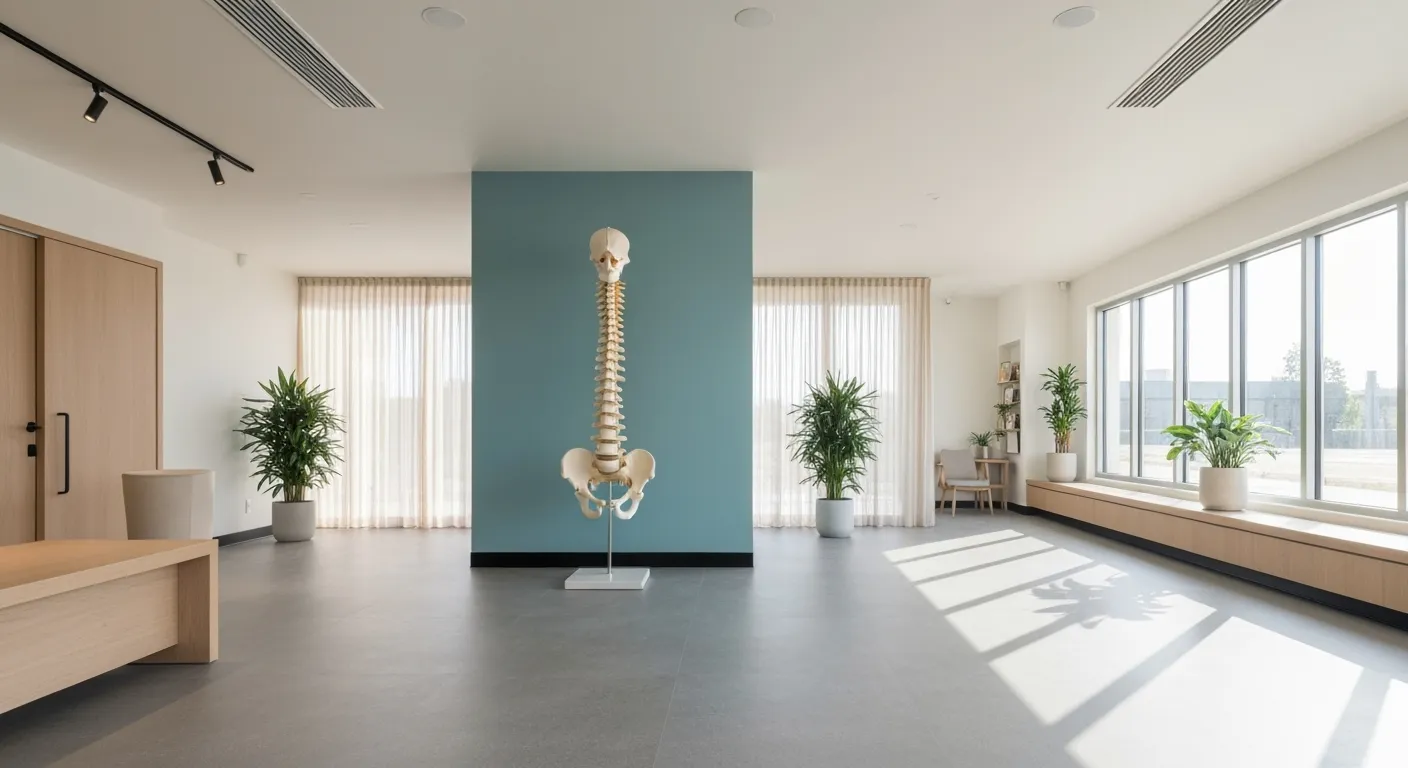
Why Chiropractic Treatments Are Effective for Managing Back Pain

Choosing a Chiropractor: Tips for Finding a Trusted Provider

Integrating Physiotherapy and Chiropractic: Benefits and What to Expect

How Tailored Corrective Exercises Can Aid in Pain Management

Chiropractic Care: A Proven Solution for Alleviating Back Pain

What to Expect at Your First Chiropractic Visit: A Comprehensive Guide

The Importance of Root Cause Analysis in Effective Pain Management

The Role of Corrective Exercises in Sustaining Pain-Free Living

Combining Chiropractic and Physiotherapy for Comprehensive Pain Relief

How Addressing Underlying Causes Improves Pain Treatment Effectiveness
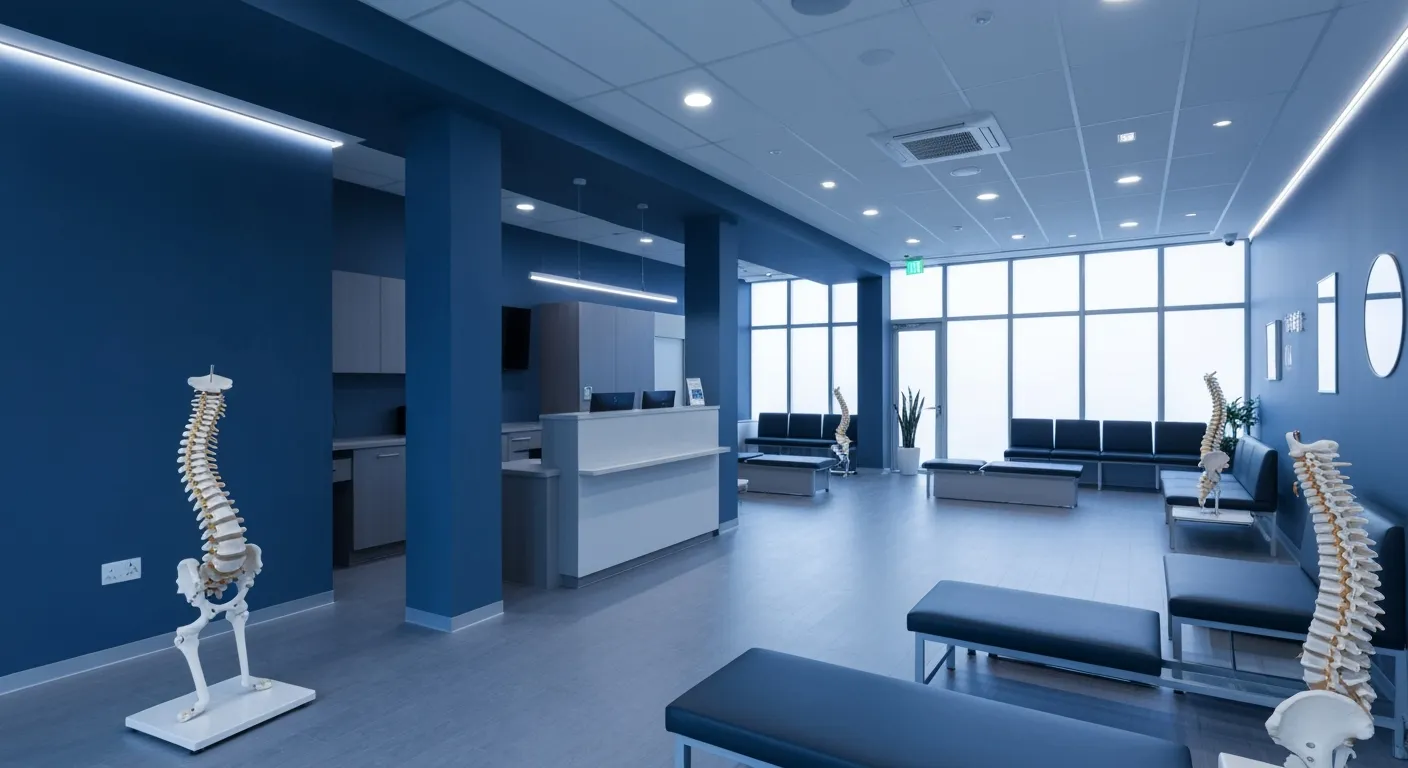
Maintaining Spinal Health Through Lifestyle Changes and Preventive Care

Understanding the Benefits of Chiropractic Adjustments for Back Pain Sufferers

Spinal Decompression Therapy: A New Hope for Sciatica Relief

Lifestyle Recommendations to Support a Healthy Spine and Reduce Pain
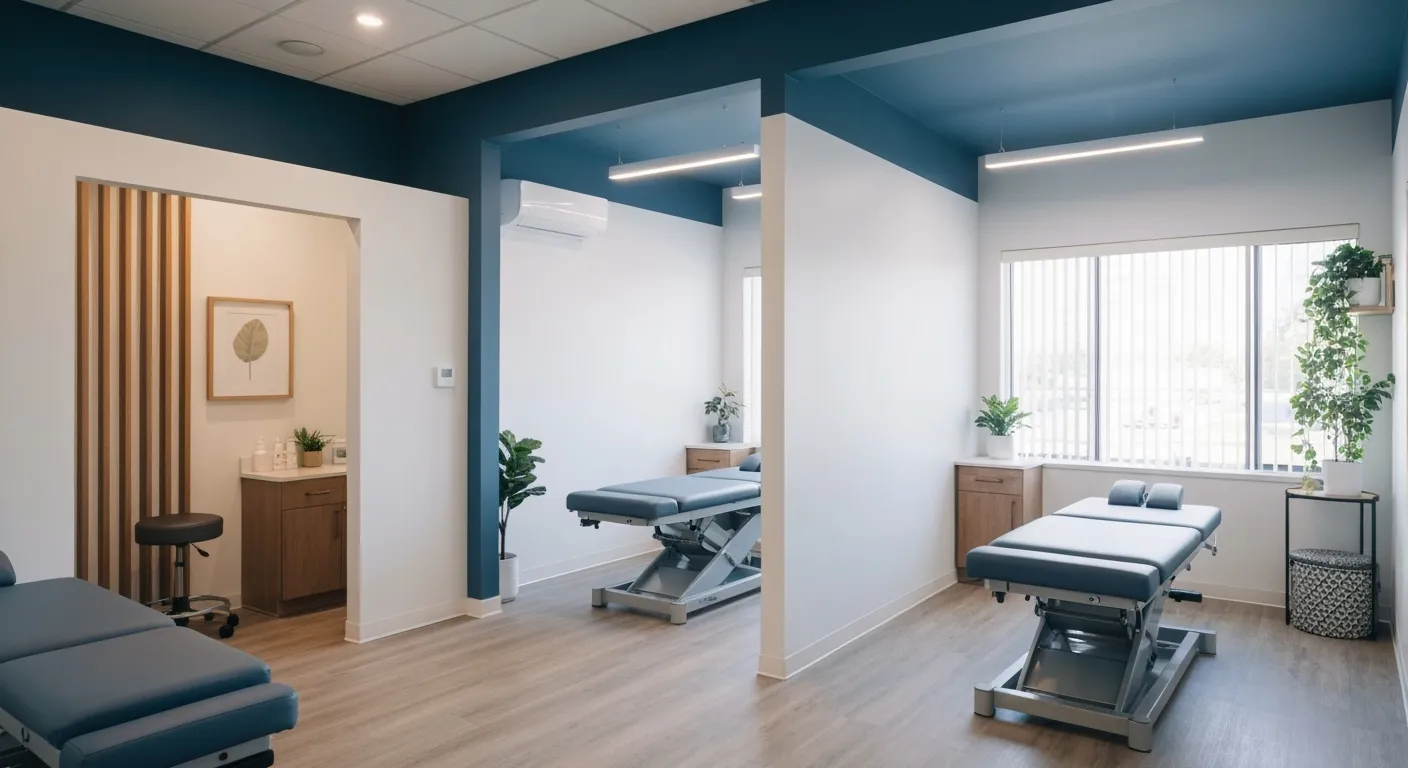
Choosing the Right Chiropractor: Key Factors to Consider Before Your First Appointment

Non-Invasive Treatment Alternatives: A Holistic Approach to Pain Relief

Corrective Exercises to Support Long-Term Relief from Chronic Pain

Exploring Non-Surgical Approaches to Spine Health and Wellness

Tips for Daily Habits That Keep Your Spine Strong

Success Stories: How Chiropractic Treatments Changed Lives

Why Focusing on the Root Cause of Pain Leads to Better Outcomes

Nutritional Counseling and Its Impact on Overall Wellness and Recovery

Patient Testimonials That Showcase the Power of Chiropractic Care

Preparing for Your First Chiropractic Appointment: What You Need to Know

